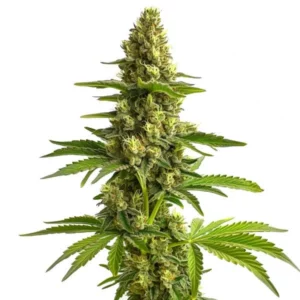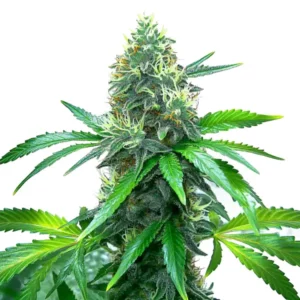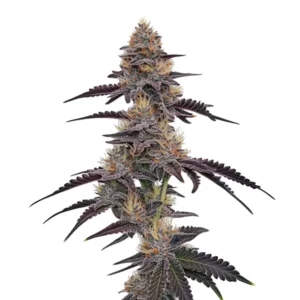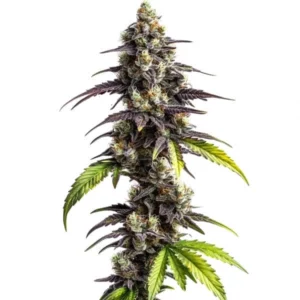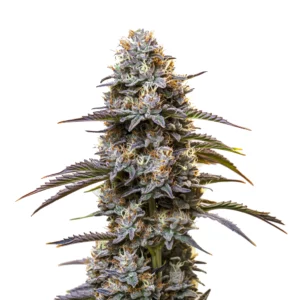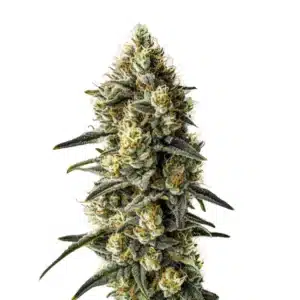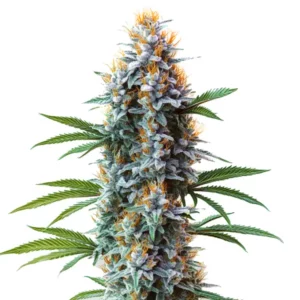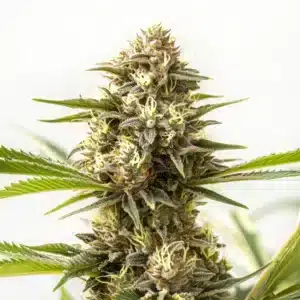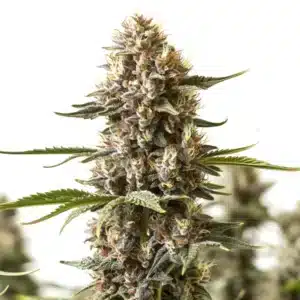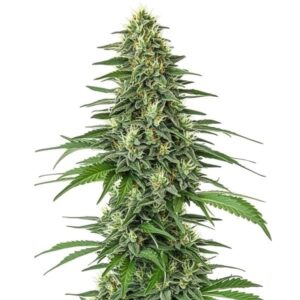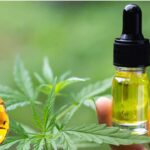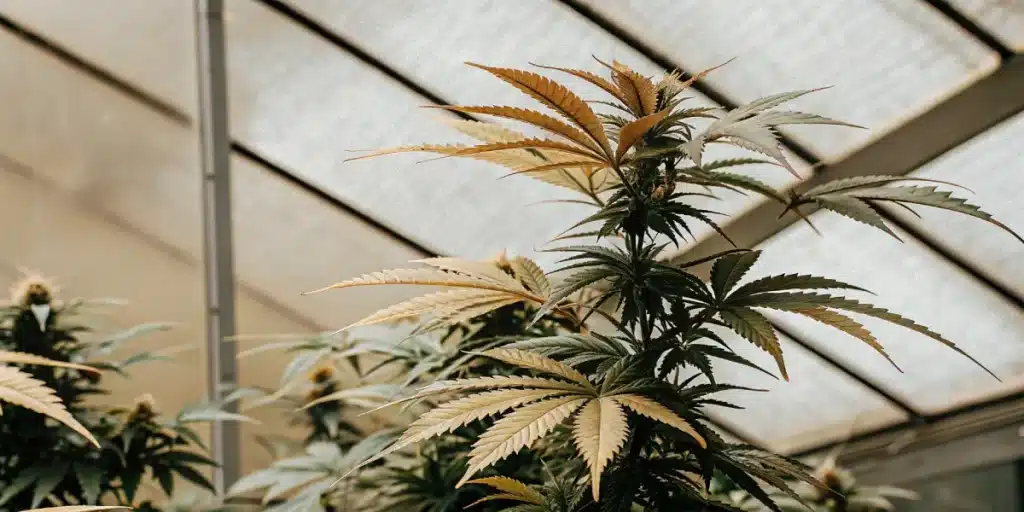
Deficiency of Nitrate Reductase in Cannabis
The deficiency of nitrate reductase in cannabis can be a significant hurdle for both novice and seasoned growers. Nitrate reductase is an important enzyme that helps cannabis plants convert nitrate into ammonia, a process crucial for plant growth. When this enzyme is lacking, plants struggle to thrive.
One of the primary impacts of nitrate reductase deficiency in cannabis is on the yield. Cannabis plants require a steady supply of nitrogen to grow strong and produce abundant flowers. Without adequate nitrate reductase activity, plants cannot efficiently use available nitrates. This inefficiency often leads to stunted growth and poor bud development.
Recommended Strains
Bruce Banner #3
|
|
THC | 20% - 29% (High) |
|
|
Type | Feminized |
|
|
Yield | Medium |
|
|
Phenotype | 50% Indica / 50% Sativa |
OG Kush
|
|
THC | 20% - 24% (Medium) |
|
|
Type | Feminized |
|
|
Yield | Medium |
|
|
Phenotype | 55% Indica / 45% Sativa |
Recognizing nitrate reductase deficiency symptoms in cannabis plants is essential for timely management. Common signs include yellowing leaves, slow growth, and lower yields. These symptoms can be mistaken for other nutrient deficiencies, making it vital to diagnose accurately.
Identifying Nitrate Reductase Deficiency Symptoms
Yellowing leaves are often the first indication of a deficiency of nitrate reductase in cannabis. This yellowing typically begins at the tips and edges of older leaves. If not addressed, it can spread to younger leaves, affecting the entire plant.
Another symptom is the overall stunted growth of the plant. Cannabis plants lacking in nitrate reductase may not reach their full height and will often have smaller leaves and buds. This growth retardation directly impacts the quality and quantity of the harvest.
Early detection of nitrate reductase deficiency symptoms in cannabis plants can make a significant difference in outcomes. By regularly examining plants for changes in leaf color and growth patterns, growers can implement corrective measures swiftly. This proactive approach not only helps in conserving plant health but also minimizes the economic losses associated with reduced yields.
Furthermore, the deficiency of nitrate reductase in cannabis plants often leads to a decline in the overall vigor of the plant. This can result in the plants being more susceptible to pest invasions and diseases, which further complicates the growing process. Ensuring that plants have optimal nitrate reductase enzyme activity is crucial for maintaining robust and healthy growth.
The Impact on Yield
The impact of nitrate reductase deficiency on cannabis yield is profound. Plants unable to efficiently process nitrate will produce fewer and smaller buds. This reduction in yield is a major concern for growers aiming for high productivity.
For example, consider growing a strain like Bruce Banner 3 from Blimburn Seeds. This strain is known for its high yield potential. A deficiency in nitrate reductase can severely limit its ability to produce the large, potent buds it’s famous for.
The economic implications are also significant. Lower yields mean less product for sale or personal use, making it crucial to address nitrate reductase issues promptly to maximize yield and profitability.
The economic repercussions of the impact of nitrate reductase deficiency on cannabis yield cannot be overstated. Growers often invest significant resources into cultivating high-yield strains, and a deficiency can jeopardize these efforts. Addressing this deficiency early can help maintain both the quality and quantity of the harvest, ensuring a better return on investment.
Moreover, the environmental factors contributing to nitrate reductase deficiency in cannabis must be managed carefully. Factors such as soil pH, moisture levels, and nutrient availability all play a role in enzyme activity. By optimizing these conditions, growers can mitigate the adverse effects on yield and enhance the overall health of the plants.
Promos & Deals
Genetic Factors and Enzyme Activity
Genetic factors affecting nitrate reductase in cannabis play a crucial role in how plants process nitrogen. Some cannabis strains naturally have higher nitrate reductase activity, which can be a significant advantage in cultivation.
For instance, strains like Gelato from Blimburn Seeds may exhibit robust growth even under suboptimal conditions due to their genetic makeup. Selecting strains with strong genetic profiles for nitrate reductase can be a proactive strategy for growers.
Knowing the genetic factors affecting nitrate reductase in cannabis is essential for breeders and cultivators looking to enhance plant resilience. By selecting strains with genetic predispositions for high enzyme activity, growers can reduce the likelihood of nutrient deficiencies and improve overall plant health.
Additionally, advances in genetic research are providing new insights into how different strains of cannabis respond to environmental stresses. Leveraging this knowledge allows for more tailored cultivation practices, which can further boost nitrate reductase enzyme activity in cannabis growth, contributing to better yields and plant vitality.

Boosting Nitrate Reductase Enzyme Activity
Boosting the enzyme activity in cannabis growth involves both genetic selection and cultivation practices. Choosing strains known for strong enzyme activity, such as OG Kush, can set a solid foundation.
Besides to genetic selection, managing nitrate reductase deficiency in cannabis cultivation requires attention to soil health. Ensuring that the soil is rich in organic matter and well-aerated can promote better enzymatic activity.
Soil amendments play a crucial role in boosting nitrate reductase enzyme activity in cannabis growth. Utilizing organic materials like worm castings or green manure can enhance the soil’s nutrient profile, encouraging higher enzyme activity and better plant growth. These practices are essential for growers aiming to optimize their cultivation conditions.
Furthermore, maintaining a consistent watering schedule and ensuring proper drainage can prevent nutrient leaching, which is vital for sustaining enzyme activity. By focusing on these aspects, growers can effectively manage nitrate reductase deficiency in cannabis cultivation and improve overall plant productivity.
Practical Management Strategies
When managing nitrate reductase deficiency in cannabis cultivation, proactive measures are key. Regular monitoring of plant health and soil conditions can help catch issues early.
Implementing a balanced nutrient regimen is critical. Ensure that your cannabis plants receive adequate nitrogen, phosphorus, and potassium, as these nutrients work synergistically in plant metabolism.
Practical strategies for managing nitrate reductase deficiency in cannabis cultivation also include the use of precision agriculture techniques. Utilizing tools like soil sensors and drone technology can provide real-time data on plant health and nutrient levels, allowing for more targeted interventions.
Moreover, integrating companion planting into cannabis cultivation can enhance soil health and reduce the likelihood of nutrient deficiencies. Plants that fix nitrogen or repel common pests can create a more harmonious growing environment, indirectly supporting nitrate reductase activity and promoting healthier cannabis plants.
Real-Life Examples and Tips
Consider a grower cultivating Bruce Banner 3. They noticed yellowing leaves and stunted growth. After testing the soil, they discovered a nitrate deficiency. By adjusting their nutrient solution to include more nitrogen and using a foliar spray, they managed to restore plant health.
Another grower working with Gelato detected early signs of deficiency. They opted to introduce a compost tea regime, which improved the soil microbiome, enhancing nitrate reductase activity.
Real-life experiences from growers highlight the importance of staying observant and adaptable in response to nitrate reductase deficiency symptoms in cannabis plants. By sharing knowledge within the community, growers can learn from each other’s successes and challenges, leading to more effective cultivation strategies.
Additionally, keeping detailed records of cultivation practices, environmental conditions, and plant responses can provide valuable insights for future growth cycles. This data-driven approach ensures that growers are better equipped to manage nitrate reductase deficiencies, ultimately leading to more successful harvests.
- Regularly test soil for nutrient levels.
- Choose strains with strong genetic profiles for nitrate reductase.
- Implement a balanced nutrient regimen.
- Use organic supplements to enhance soil health.
- Monitor plant health consistently.
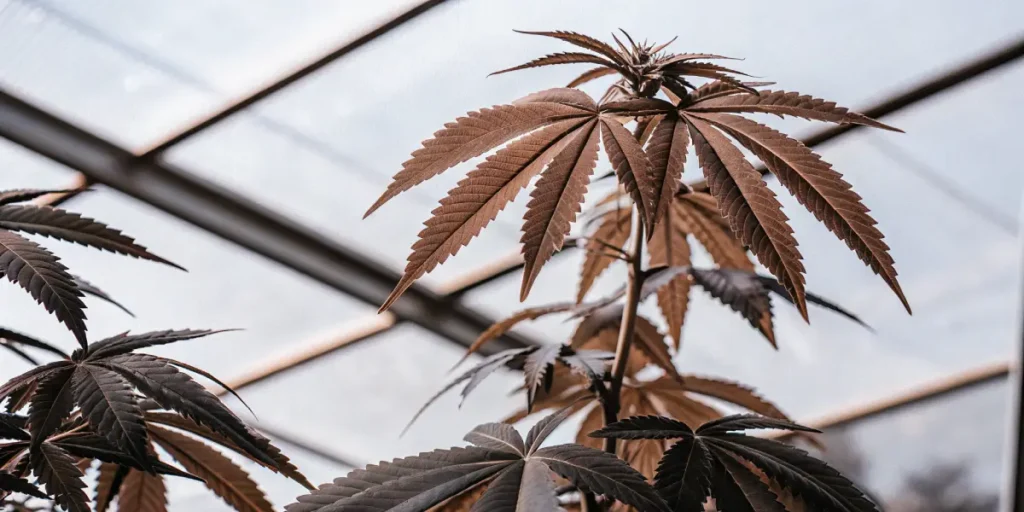
FAQs
What is the primary cause of nitrate reductase deficiency in cannabis?
Nitrate reductase deficiency in cannabis is primarily caused by poor soil health and improper nutrient balance. When the soil lacks essential nutrients or is improperly aerated, the enzyme activity can decrease. This leads to inefficient nitrate conversion, impacting plant growth.
To prevent this, ensure the soil is rich in organic matter and well-drained. Regular soil testing helps maintain nutrient balance. Introducing organic supplements can also enhance soil quality, supporting better nitrate reductase activity.
Environmental conditions such as temperature and humidity can also influence the occurrence of nitrate reductase deficiency in cannabis. Extreme temperatures can stress the plants, reducing their ability to uptake nutrients efficiently. Maintaining optimal growing conditions is crucial for preventing this deficiency and ensuring robust plant growth.
Furthermore, the use of chemical fertilizers without proper management can lead to nutrient imbalances, exacerbating nitrate reductase deficiencies. Opting for organic fertilizers and adopting sustainable farming practices can help maintain soil health and support healthy enzyme activity in cannabis cultivation.
How can growers identify nitrate reductase deficiency symptoms early?
Early identification of nitrate reductase deficiency symptoms in cannabis plants is crucial. Look for yellowing leaves starting from the tips, slow growth, and smaller buds. These signs are often visible before severe damage occurs.
Regularly inspect plants and conduct soil tests to monitor nutrient levels. Keeping a close watch on plant health allows for timely interventions, preventing more severe deficiencies.
Besides to visual inspections, the use of plant health monitoring technology can aid in the early detection of nitrate reductase deficiency symptoms in cannabis plants. Devices that measure plant chlorophyll levels or leaf reflectance can provide insights into nutrient deficiencies before they become visually apparent.
Moreover, engaging in regular education and training can enhance a grower’s ability to spot early warning signs of deficiencies. Knowing the nuances of plant physiology and nutrient dynamics is key to maintaining healthy and productive cannabis plants over the long term.
Can genetic factors influence nitrate reductase activity in cannabis?
Yes, genetic factors significantly influence nitrate reductase enzyme activity in cannabis growth. Some strains naturally exhibit higher enzyme activity, making them more resilient to nutrient imbalances. Selecting such strains can be beneficial.
For example, strains like OG Kush are known for their robust growth and may be more tolerant to nitrate deficiencies. Choosing strains with strong genetic profiles can reduce the risk of deficiency.
Breeding programs focused on enhancing genetic resilience are increasingly important in the cannabis industry. By crossbreeding strains with high nitrate reductase activity, breeders can develop new varieties that thrive in diverse environmental conditions, reducing the prevalence of deficiencies.
Furthermore, understanding the genetic basis of nitrate reductase activity in cannabis can lead to more targeted interventions. Genetic markers associated with enzyme activity can be identified and used to guide breeding decisions, ultimately resulting in more robust and productive cannabis strains.
What strategies can improve nitrate reductase activity in cannabis cultivation?
Improving nitrate reductase activity involves a combination of choosing the right strains and maintaining optimal growing conditions. Strains known for strong enzyme activity, like Gelato, offer a good start.
Maintaining soil health is equally important. Use organic amendments like compost or fish emulsion to enrich the soil. Regular soil aeration and balanced fertilization also support enzyme activity, promoting healthier plants.
Incorporating mycorrhizal fungi into the soil can enhance nutrient uptake and improve nitrate reductase enzyme activity in cannabis growth. These beneficial fungi form symbiotic relationships with plant roots, aiding in nutrient absorption and promoting overall plant health.
Additionally, adopting crop rotation practices can prevent soil nutrient depletion and enhance the microbial activity essential for supporting nitrate reductase function. By rotating different plant species, growers can maintain soil fertility and reduce the risk of nutrient deficiencies over time.
Are there specific strains recommended for managing nitrate reductase deficiency?
Yes, certain strains are better suited for managing nitrate reductase deficiency due to their genetic makeup. Strains like OG Kush and Bruce Banner 3 from Blimburn Seeds are known for their resilience and high yield potential.
These strains can better withstand nutrient imbalances, making them ideal choices for growers concerned about nitrate reductase deficiencies. Opting for such strains can lead to more successful and productive cannabis cultivation.
Strains with a proven track record of high nitrate reductase activity can serve as benchmarks for developing new high-performance varieties. By focusing on these resilient strains, breeders and growers can enhance the genetic diversity of cannabis crops, leading to more adaptable and productive plants.
Moreover, collaborating with seed banks and researchers can provide access to the latest genetic advancements and insights. Staying informed about emerging strains and their characteristics allows growers to make informed decisions that improve their cultivation outcomes.


